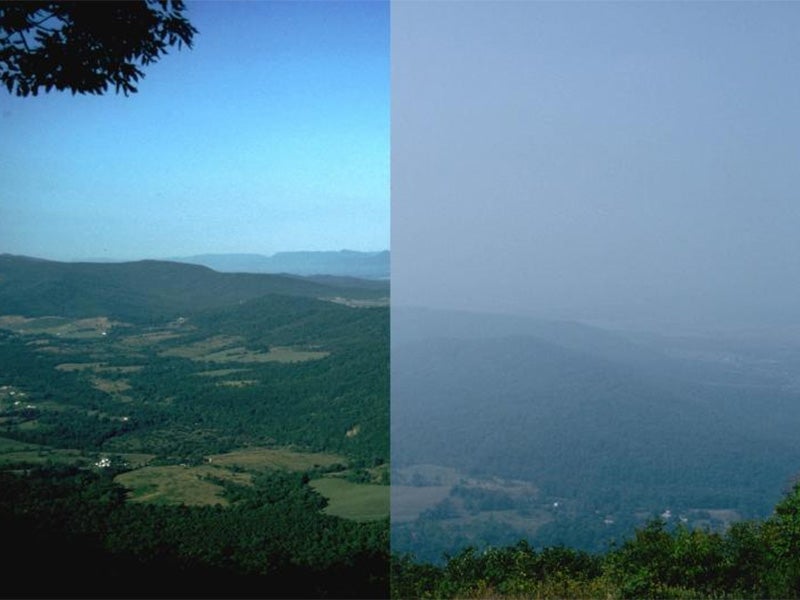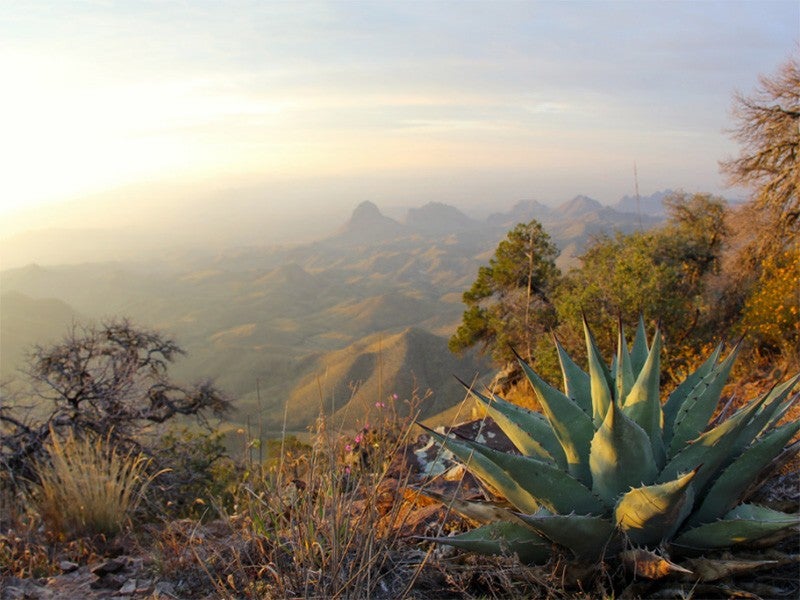Cleaning Up Haze In National Parks
Our national parks are blanketed by haze pollution, just one impact of old and dirty coal plants. Earthjustice is suing the EPA to close a loophole that will further worsen visibility in these treasured places.
Clients
Regional Office / Program
Case Overview
An EPA loophole threatens to further reduce visibility and degrade air quality in our country’s beloved national parks. The agency proposed to exempt aging coal plants from requirements to install updated pollution control technology if they are located in one of the 28 states that is participating in the Cross State Air Pollution Rule (CSAPR), an emissions trading program.
This favor to industry would allow coal-fired power plants to continue operating without modern pollution controls for years—maybe decades—to come. All the while, iconic views on public land will become increasingly obscured by haze pollution, which also contributes to heart and asthma attacks, chronic bronchitis, respiratory disease and premature deaths.
EPA’s own data shows that visibility is impaired “virtually all the time at most national parks and wilderness areas.” Visibility in the western United States is about 60–100 miles, or half to two-thirds what it would be without human-caused air pollution. In the eastern United States, the average visual range is less than 20 miles, or approximately one-fifth of the visibility range under natural conditions. Earthjustice filed suit to force the EPA to clean up the dirty old plants that are largely responsible for this pollution.

Case Updates
Case page created on August 6, 2012.
